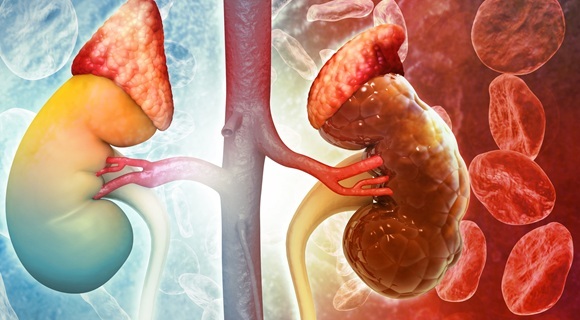Rotavirus Co-Infection with Diarrheagenic Pathogens Detected by Different Methods
By LabMedica International staff writers
Posted on 14 Jul 2021
Diarrhea is the second most common cause of childhood mortality worldwide, with Group A Rotavirus (RVA) recognized as a leading diarrheagenic agent, causing 38% of acute diarrhea among children aged five and below worldwide.Posted on 14 Jul 2021
Compared to high income countries, alleviating RVA burden in sub-Saharan Africa with an efficacious vaccine is progressing slowly. The poor performance of vaccine may be explained in part by malnutrition, which has a negative impact on immunogenic development, or the high level of RVA exposure associated with unhealthy hygienic conditions and contaminated drinking water supplies.

Image: The ProSpecT Rotavirus Microplate ELISA Assay (Photo courtesy of Thermo Fisher Scientific)
An international team of medical microbiologists working with the University of Yaoundé 1 (Yaoundé, Cameroon) and their associates carried out a cross-sectional study among hospitalized children less than five years of age, presenting with acute gastroenteritis in selected hospitals. A diarrheic stool sample was collected from each participating hospitalized child along with socio-demographic information including RVA immunization and breastfeeding status which were obtained from the patient medical record and/or from guardians.
RVA was detected using the ProSpecT Rotavirus ELISA kit (Thermo Scientific, Oxoid, Basingstoke, UK). Confirmation of the results was done by spectrophotometric reading at 450 nm after the reaction was stopped with a solution of 0.46 M sulfuric acid. Positive results were confirmed if optical density (OD) value was greater than or equal to negative control OD + 0.2. RNA extraction of 10% stool suspensions was manually performed using the QIAamp RNA mini spin kit (Qiagen, Hilden, Germany). The extracted RNA was subjected to VP6 gene detection by gel-based RT-PCR (Qiagen, Inc. Valencia, CA; USA). Co-infection was assessed by multiplexed molecular detection of diarrheal pathogens using the Luminex xTAG Gastrointestinal Pathogen Panel (GPP) assay (Luminex Corp, Austin, TX, USA).
The team reported that the ELISA assay detected RVA antigen in 71/130 (54.6%) of specimens, with 45 positive by VP6 RT-PCR and 54 positive using Luminex xTAG GPP. Luminex GPP was able to detect all 45 VP6 RT-PCR positive samples. Co-infections were found in 34/54 (63.0%) of Luminex positive RVA infections, with Shigella (12/34; 35.3%) and Enterotoxigenic Escherichia coli (ETEC) (10/34; 29.4%) detected frequently. Of the 71 ELISA positive RVA cases, 41/71 (57.8%) were fully vaccinated, receiving two doses of Rotarix.
The authors concluded that their study provides insight on RVA prevalence in Cameroon, which could be useful for post-vaccine epidemiological studies, highlights higher than expected RVA prevalence in vaccinated children hospitalized for diarrhea and provides the trend of RVA co-infection with other enteric pathogens. RVA genotyping is needed to determine circulating rotavirus genotypes in Cameroon, including those causing disease in vaccinated children. The study was published on June 28, 2021 in the journal BMC Infectious Diseases.
Related Links:
University of Yaoundé 1
Thermo Scientific
Qiagen
Luminex Corp




 assay.jpg)









